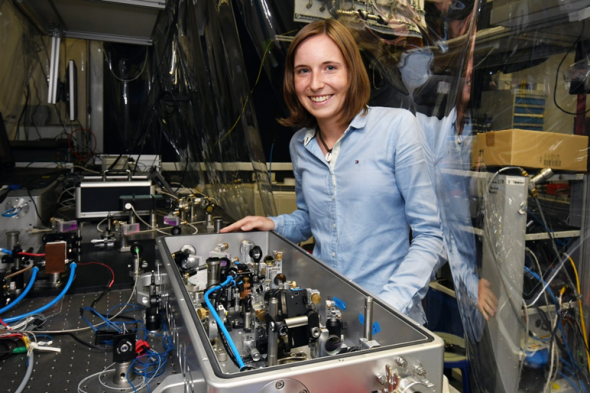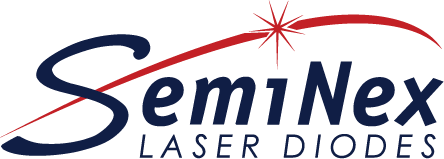
Research by a joint team of scientists from the Max Planck Institute of Quantum Optics and the Ludwig Maximilian University of Munich has led to the first directly diode-pumped Kerr-lens mode-locked Cr2+-doped II-VI oscillator capable of providing average output powers over 500 mW using a SemiNex diode as the diode source. This development will reduce the cost dramatically by more than 5X over the existing common fiber laser technologies available on the market today.
“With this new class of cost-effective and table-top driver for mid-infrared generation, we have taken a crucial step in providing a more accessible alternative to synchrotron-like infrared radiation,” emphasized Nathalie Nagl, Ph.D. student at the LMU Munich.
Cost-efficient MIR sources are requisite to meeting the growing demand in a spectroscopy market estimated to be worth $1.27 Billion by 2022¹. Known as the molecular “fingerprint region,” the mid-infrared can be used to accurately identify samples for pharmaceutical, defense, food safety and manufacturing processes.
The performance of the team’s solution rivals larger, more costly fiber-pumped oscillators by yielding 2.5-times the peak power compared to previous Cr:ZnSe oscillators at 45 fs pulse durations and delivers outstanding low-noise performance.
Other efforts to directly pump Cr:ZnS/ZnSe crystals using diodes in the 1.5-1.6 um regime have been hampered by heat-related issues. SemiNex InP diodes are designed to provide the best thermal performance and highest brightness at these wavelengths in the market today.
“SemiNex is constantly looking to participate with companies and universities to develop innovative technologies that will open new markets for us to participate in. This new approach will impact the availability of lower cost/higher performance portable spectroscopic devices in the mid-IR range,” commented Ed McIntyre, head of Business Development at SemiNex Corporation.
The results of the project were presented at the CLEO conference during this year’s Laser World of Photonics in Munich, and have recently been published in the journal Optics Express². For inquiries about the research team, please contact Nathalie Nagl at Nathalie.Nagl@physik.uni-muenchen.de.
Visit SemiNex at Booth #163 at Photonics West Moscone Center, San Francisco, CA, or schedule a meeting with Hanyu by clicking here.
¹ https://www.photonics.com/Articles/Life_Sciences_Demand_Spurs_Spectroscopy_Market/a61584
² https://www.osapublishing.org/oe/abstract.cfm?uri=oe-27-17-24445
